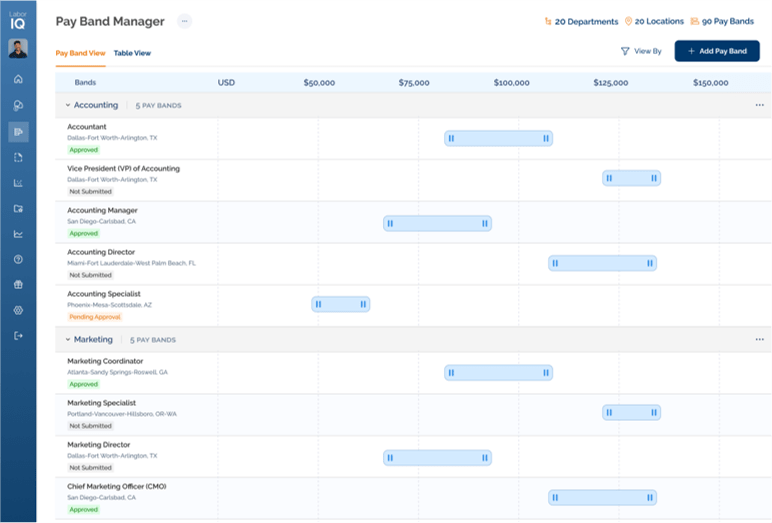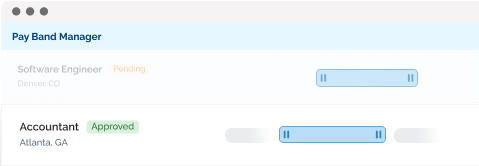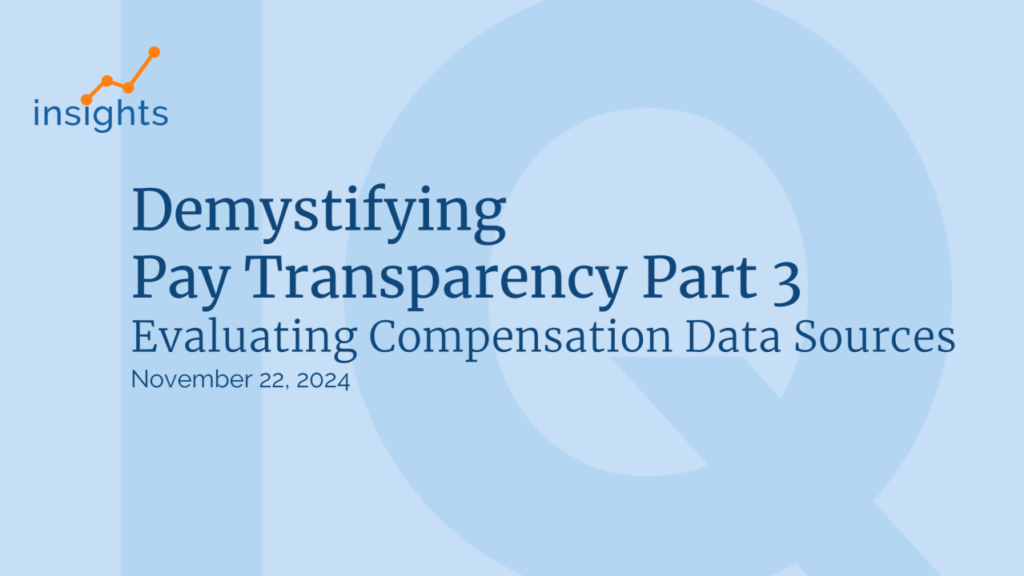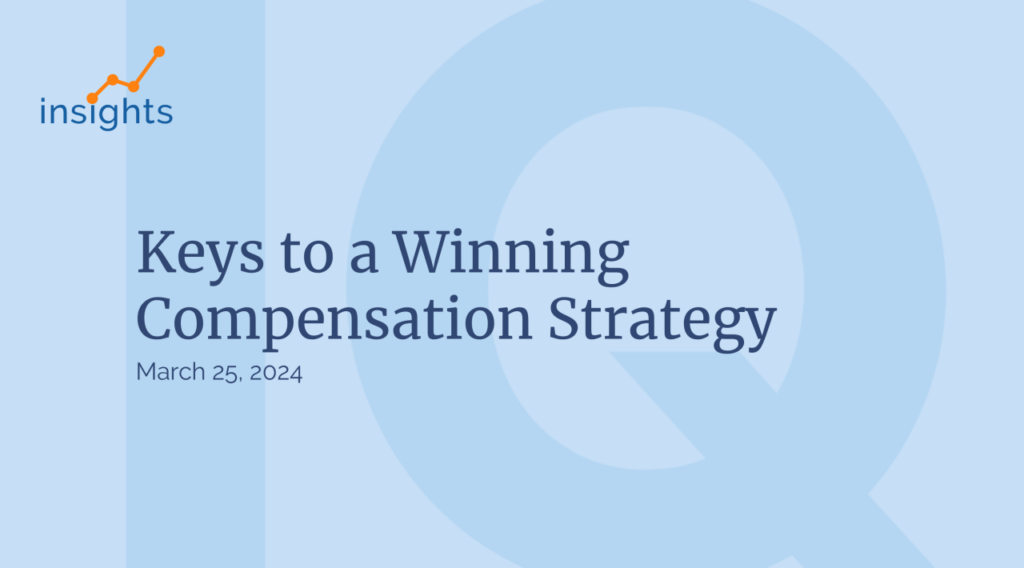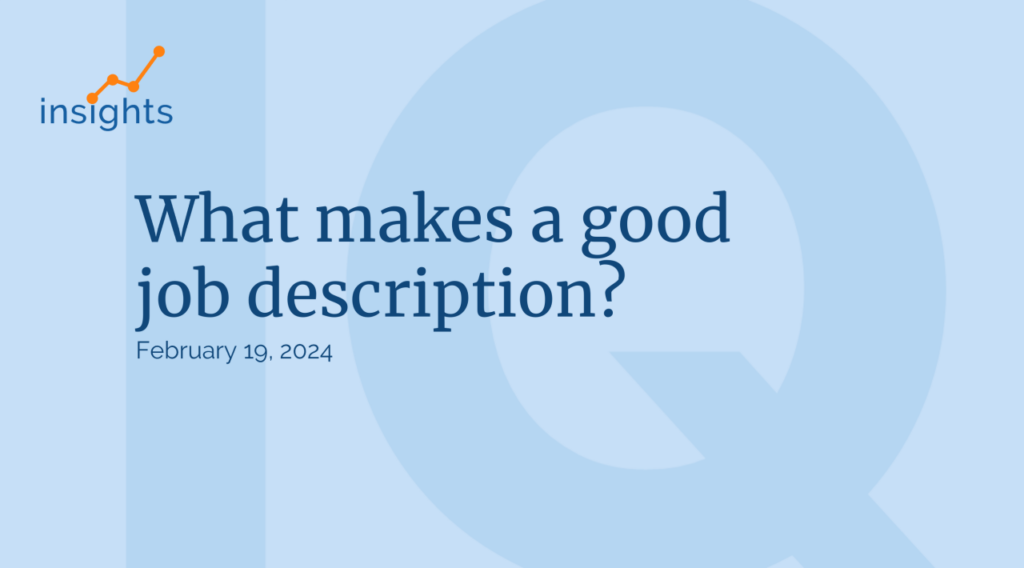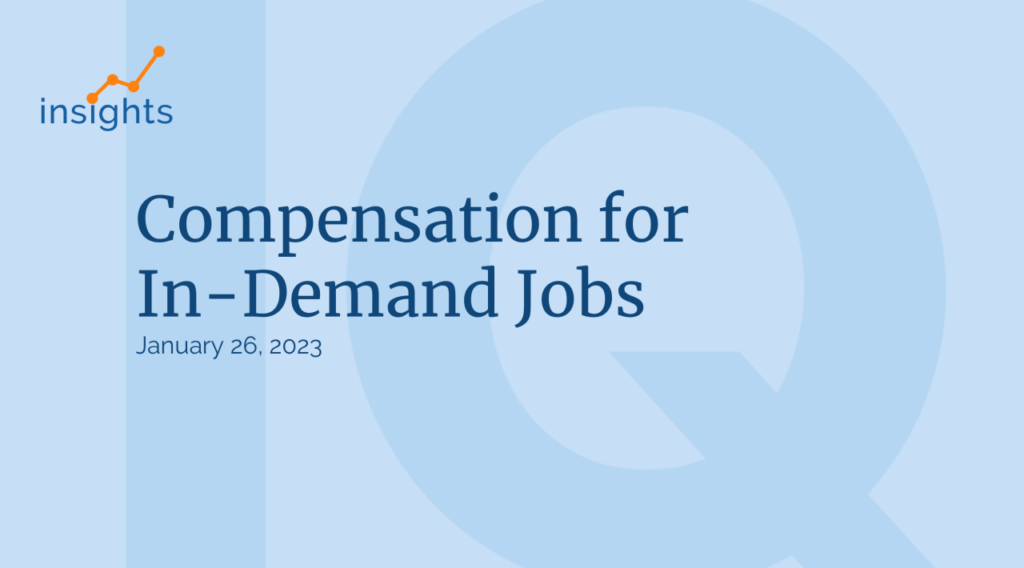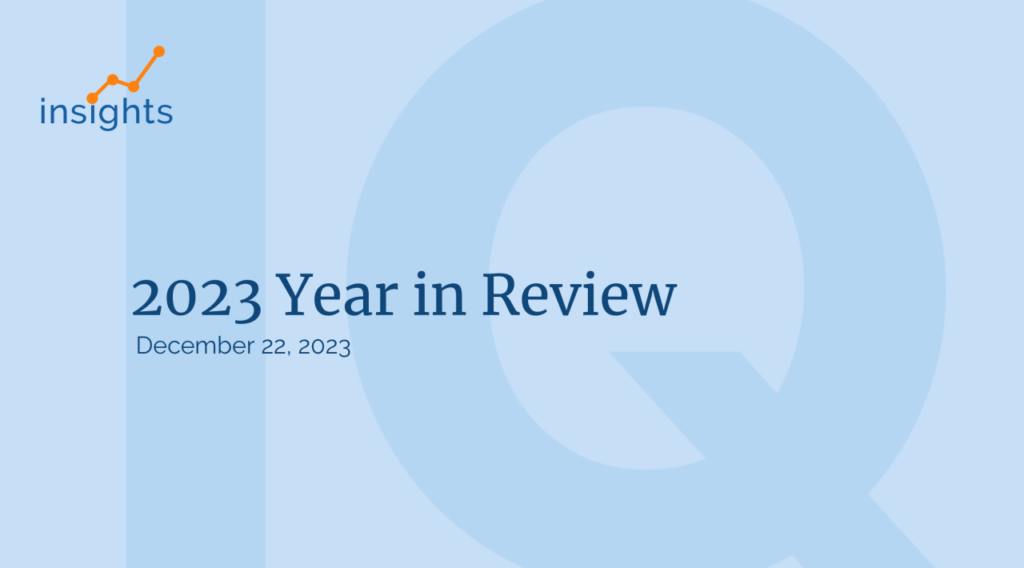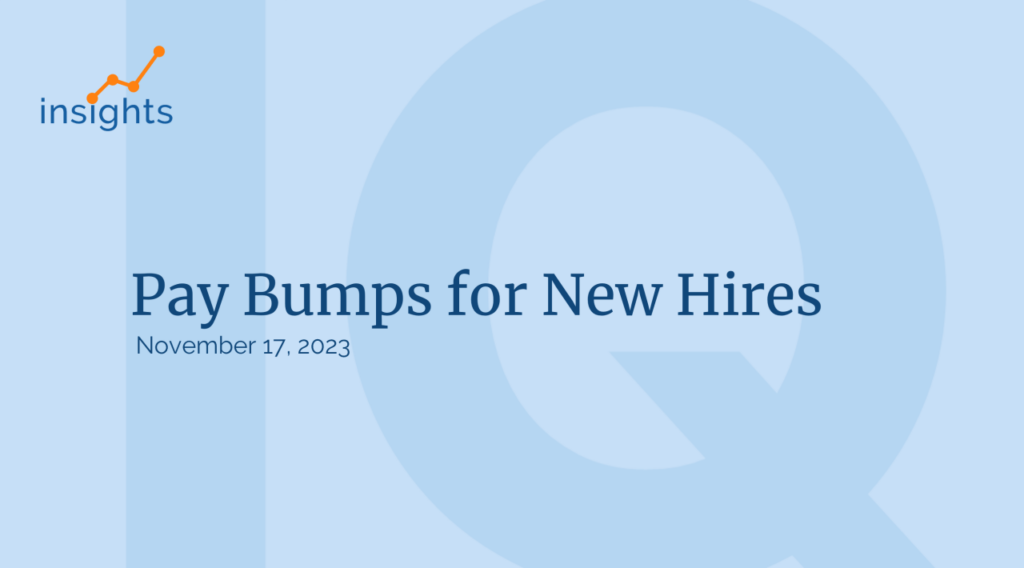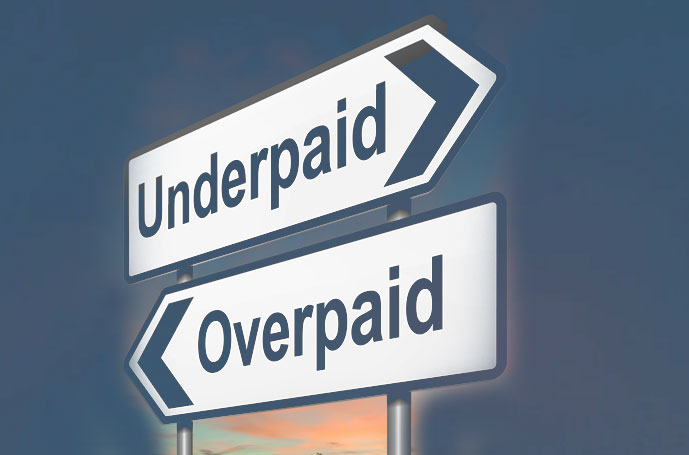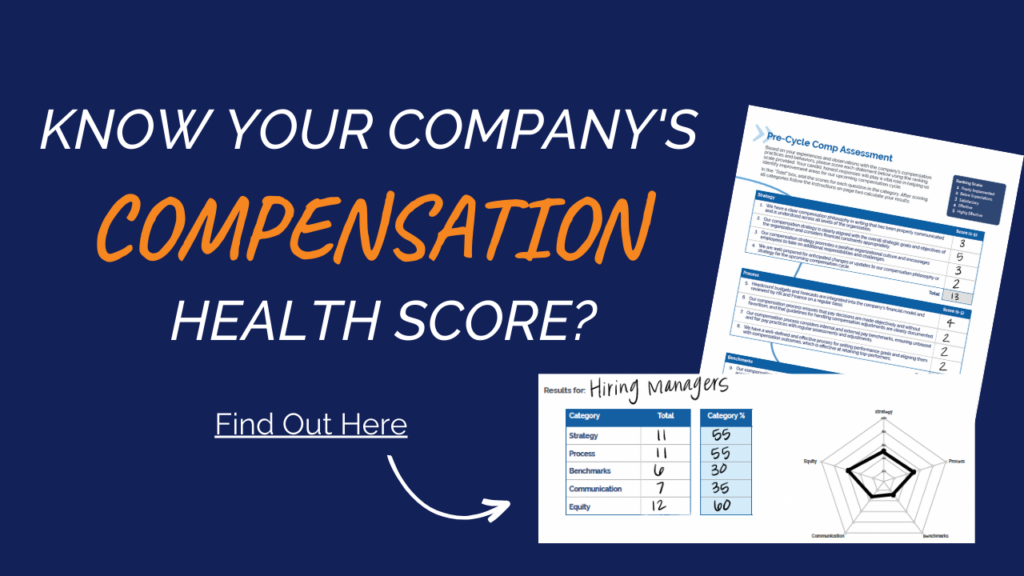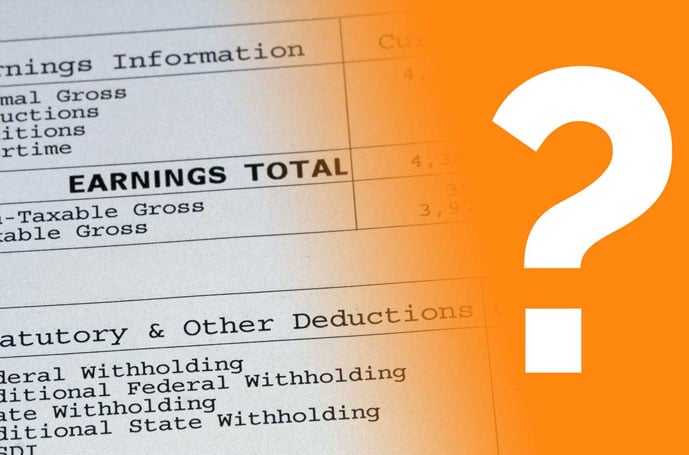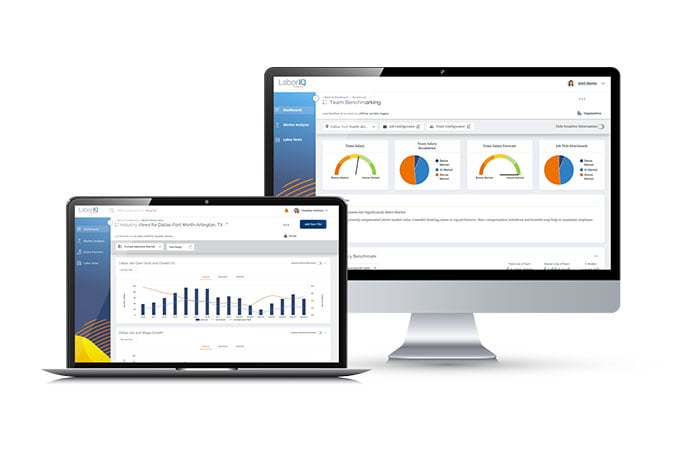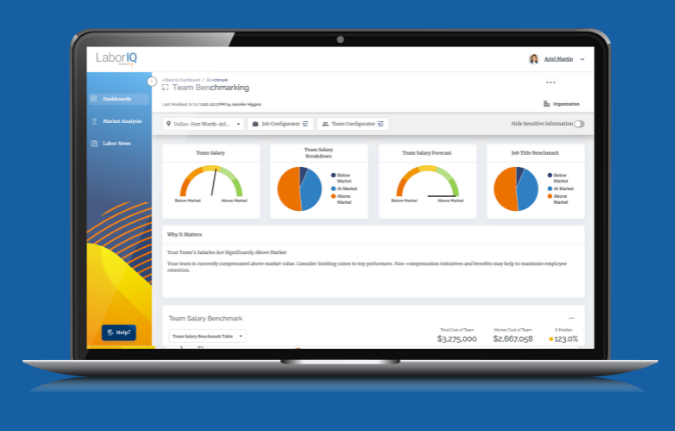Not only do salaries account for up to 70% of business costs, but they also impact how easily you can attract and retain talent. Therefore, compensation packages should work in your favor to fairly reward and motivate employees. But, when there isn’t a clear salary structure, you risk discontent among your staff and losing more money to paychecks than necessary.
This is where compensation analysis comes into play. This process determines whether your current pay structure is competitive in today’s market and where you may need to make adjustments. So, this article looks at the compensation data that should be tops on your priority.
What Does Compensation Data Analysis Entail?
Before exploring which metrics you should be monitoring, let’s define compensation analysis:
Compensation analysis is the process companies use to better understand how they pay their employees to create a formal pay structure. Compensation analysis will also determine whether you’re paying employees a fair rate for their work and skill level and whether your employee’s compensation is biased in any way.
Several concepts contribute to the compensation data analysis process. So, of course, some will be more important to your business objectives than others. However, by researching each factor, you’ll gain a more holistic impression of your business’s compensation structure in your industry and location’s context.
With that said, compensation analysis considers the following aspects:
- External competition. How do your salaries compare to the market average for your industry and location? How does the size of a company affect compensation?
- Internal equity. Are employees in your company who perform the same job paid the same? Are there noteworthy differences between specific cohorts?
- Region. How do median salaries differ per region? Are you paying fair wages compared to other companies in your state?
- Job grade. Are you compensating employees based on their workload, responsibilities and seniority? Is there a clear pay progression that rewards higher performance?
Accurate Compensation Data is Vital to Compensation Analysis
You’ll need to gather compensation data and information to kickstart your compensation analysis. So, below we’ve listed a few key metrics and information sources to consider as you go about executing your compensation analysis:
- Your company’s compensation philosophy: This is your company’s rules and values surrounding compensation. This information is often available in your company handbook. Some businesses focus on rewarding their employees financially, whereas others throw benefits like flextime and other perks into the mix. Needless to say, you’ll need a good understanding of your company’s compensation philosophy before you’re able to conduct a meaningful compensation analysis.
-
Employee Information: You’ll need accurate employee information to understand the factors affecting their compensation. This should include data about your employees:
- Age.
- Location.
- Working hours.
- When they joined the company.
- Job role.
- Summaries of their past performance reviews.
-
Job descriptions: You need detailed job descriptions for every position within your organization. These descriptions should cover:
- Job title.
- Roles.
- Responsibilities.
- Experience required.
- Seniority.
- Education requirements.
Depending on the size of your company, gathering job descriptions can take a long time. First, you’ll need to speak to various employees and their managers to define accurate summaries of each role.
-
Global and local salary information: You’ll need to draw information from third-party compensation data providers to determine salary benchmarks. Companies like Deloitte, for example, have large data sets of global and local salary and compensation data. You can also review sites like LinkedIn Salary or Glassdoor to learn more about median salary ranges within your industry. The more companies you can compare, the more accurate your observations will be.
-
Salary benchmarks: A salary benchmark compares internal salary data to market pay data. The latter is the average salary rates by occupation and location that the employee can expect. A salary benchmark should draw on the job description, your internal compensation philosophy and your company’s annual salary surveys that outline salary information, including pay structures. With all this information, you’ll be better positioned to evaluate whether you’re paying your employees a competitive salary.
Focus on Your Objectives
While the data metrics above are worth analyzing to ensure compensation data analysis, you might not be looking to revise your entire pay structure. Therefore, before conducting compensation analysis, determine your goals and the data sets that will be relevant to achieving them.
Here are some examples:
-
Salaries in your company keep rising each year, and you want to find out why. In this case, you might wish to look at employees entering and exiting your company and the salaries they’re being paid. This data might reveal that new employees keep coming in on a higher wage, which must be matched across the company. After all, in a labor market where talent competition is high (like we’re currently experiencing), salaries are often drastically raised to attract new talent.
-
You want an accurate understanding of your cost per employee. In this instance, you’ll only need to conduct a headcount analysis, where you list each employee’s compensation package to get a clear idea of staffing levels and remuneration.
-
Talent frequently leaves your organization, and you want to find out why. For this, you might want to look at internal pay equity. If employees realize they’re being paid unfairly, they’ll (understandably) become discontent. On top of this, it’s worth keeping an eye on market compensation data to ensure you’re offering a competitive wage. If you’re not, it might be time to start awarding some raises!
-
One of your company values is fairness and transparency. In this case, looking at your internal pay structures is vital to determine whether employees are paid fairly for their work and to pinpoint and eradicate any bias. Once your compensation structure is fair, you should feel secure in sharing this information with your team.
Choose the Right Technology for Your Compensation Analysis
Many of the metrics we mentioned require several data sets. Manually, these can be added to a spreadsheet for comparison. However, this process takes a great deal of time, and trends aren’t always immediately visible.
Alternatively, using compensation analysis software can drastically decrease this workload. For instance, LaborIQ unlocks immediate access to compensation data sources from more than 400,000 U.S. businesses and 20,000 job roles. In addition, you can create custom reports in minutes to clearly visualize recommended salary rates by occupation, location and more.
With LaborIQ, you can focus on the metrics most important to you, freeing up your time to focus on other HR-related tasks in need of your attention. If this sounds like a good solution, check out a demo today.





